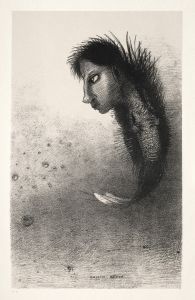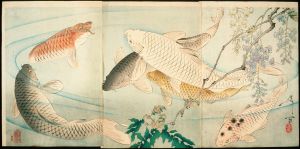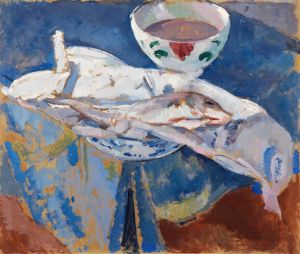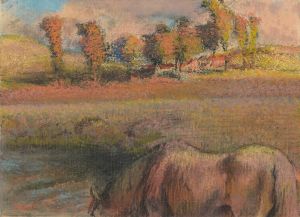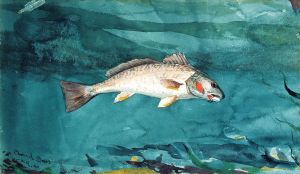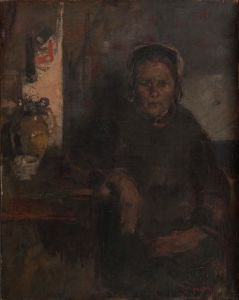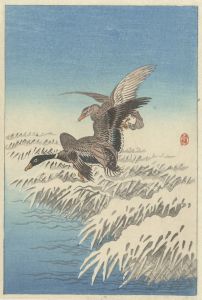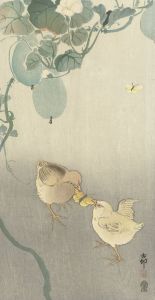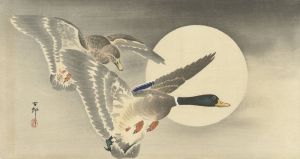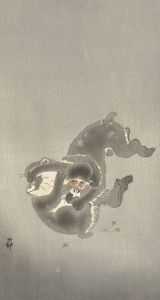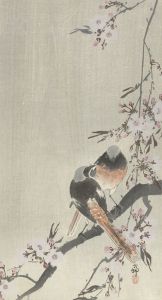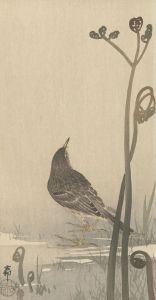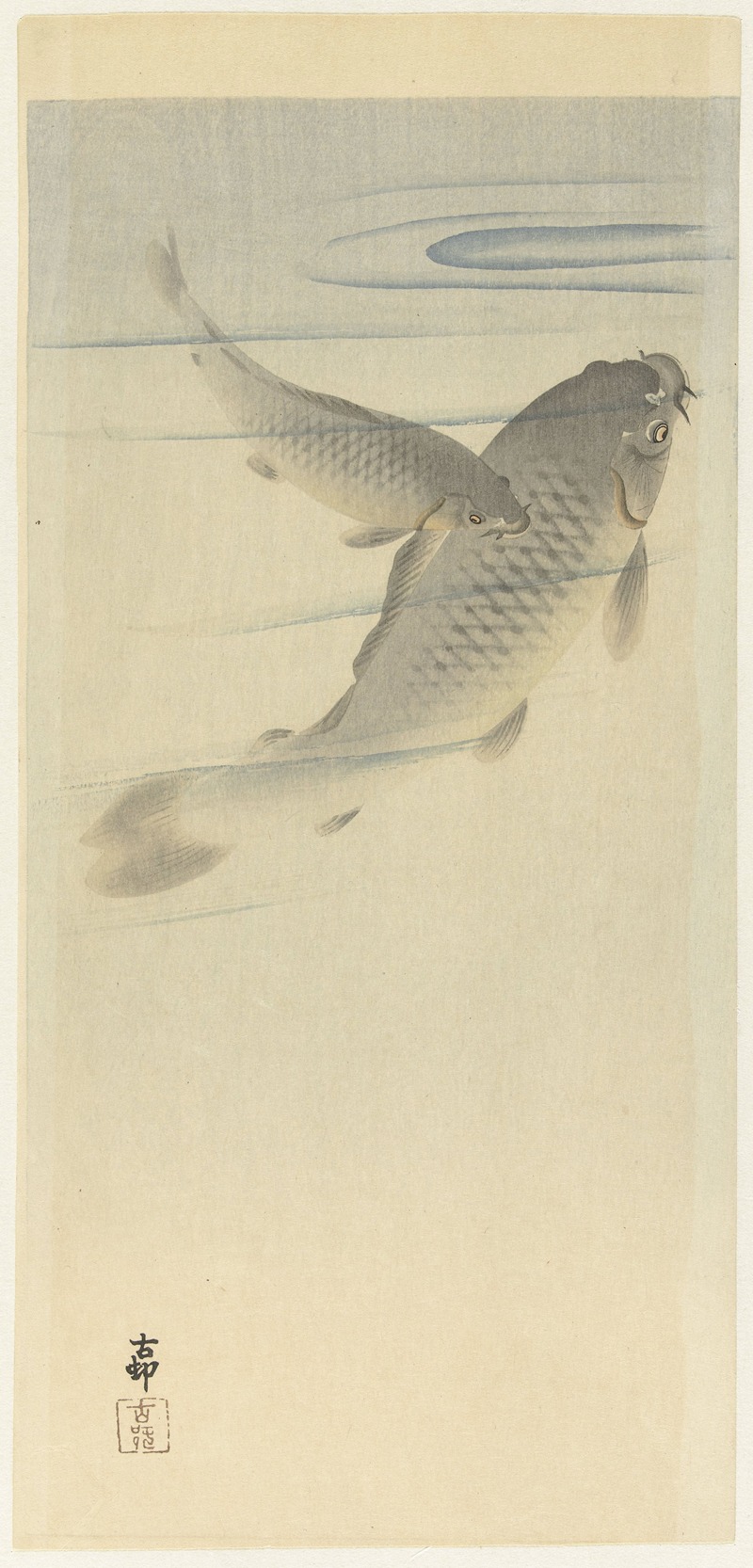
Karpers
A hand-painted replica of Ohara Koson’s masterpiece Karpers, meticulously crafted by professional artists to capture the true essence of the original. Each piece is created with museum-quality canvas and rare mineral pigments, carefully painted by experienced artists with delicate brushstrokes and rich, layered colors to perfectly recreate the texture of the original artwork. Unlike machine-printed reproductions, this hand-painted version brings the painting to life, infused with the artist’s emotions and skill in every stroke. Whether for personal collection or home decoration, it instantly elevates the artistic atmosphere of any space.
Ohara Koson (1877–1945) was a prominent Japanese artist known for his exquisite woodblock prints, particularly those depicting birds and flowers, a genre known as kachō-ga. His work is often associated with the shin-hanga movement, which revitalized traditional ukiyo-e art in the early 20th century by incorporating Western elements such as perspective and shading, while still maintaining the traditional Japanese aesthetic.
"Karpers" is one of Koson's notable works, showcasing his mastery in capturing the delicate beauty of nature. While specific details about the creation of "Karpers" are limited, it is consistent with Koson's broader body of work, which often features serene and meticulously detailed depictions of wildlife. His prints are characterized by their elegant composition, subtle use of color, and the ability to convey a sense of tranquility and harmony with nature.
Koson's prints were particularly popular in the Western market, where there was a growing fascination with Japanese art during the early 20th century. His works were exported in large numbers, contributing to the global appreciation of Japanese aesthetics. The shin-hanga movement, to which Koson contributed significantly, aimed to appeal to Western tastes while preserving traditional Japanese techniques. This movement was instrumental in the revival of ukiyo-e, which had been in decline due to the advent of modern printing technologies and changing artistic tastes in Japan.
Koson's artistic style is noted for its attention to detail and the ability to capture the essence of his subjects with minimalistic yet expressive lines. His use of color is often subtle, employing a limited palette to enhance the natural beauty of the subjects. In "Karpers," as in many of his works, Koson demonstrates a keen observation of nature, capturing the fluidity and grace of the fish with precision and elegance.
The popularity of Koson's work, including "Karpers," can be attributed to his ability to blend traditional Japanese art forms with elements that appealed to Western sensibilities. His prints often evoke a sense of nostalgia and appreciation for the natural world, resonating with audiences across different cultures. The enduring appeal of his work lies in its timeless beauty and the universal themes of nature and tranquility.
Today, Ohara Koson's works are highly sought after by collectors and are featured in numerous art museums and galleries worldwide. His contributions to the shin-hanga movement and his unique artistic vision have cemented his place as one of the leading figures in early 20th-century Japanese art. "Karpers," along with his other works, continues to be celebrated for its artistic excellence and its role in bridging cultural and artistic traditions.





